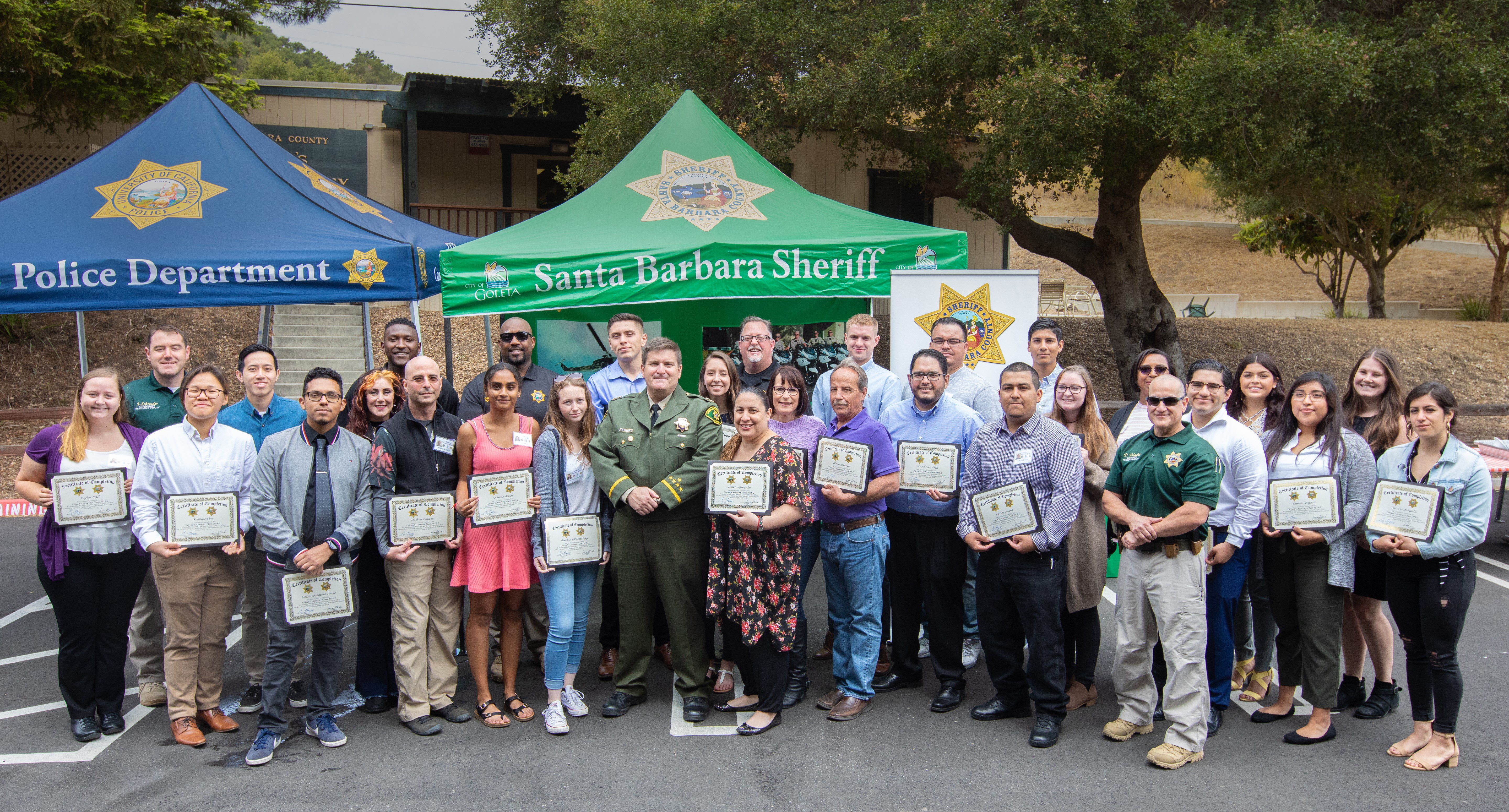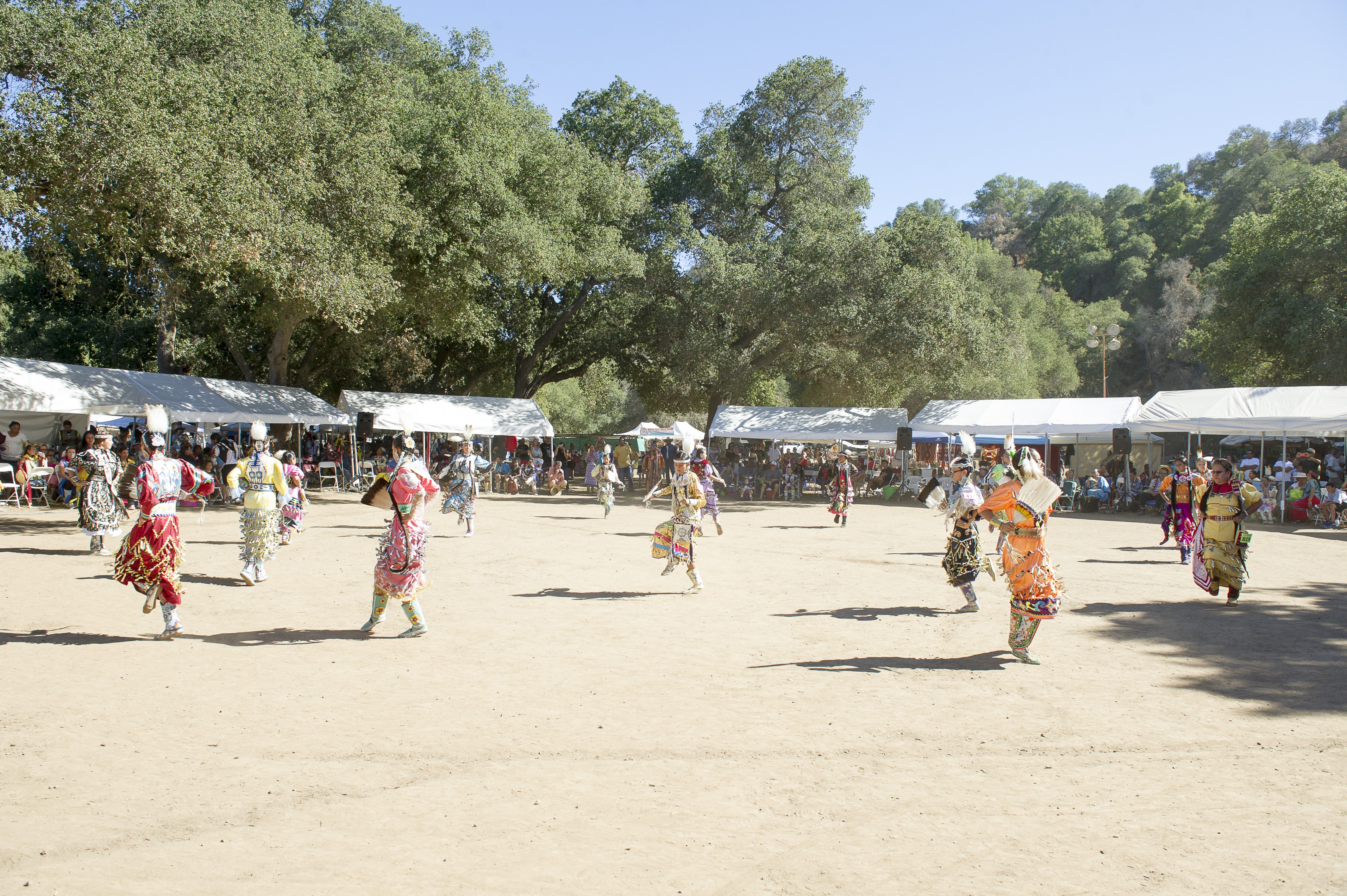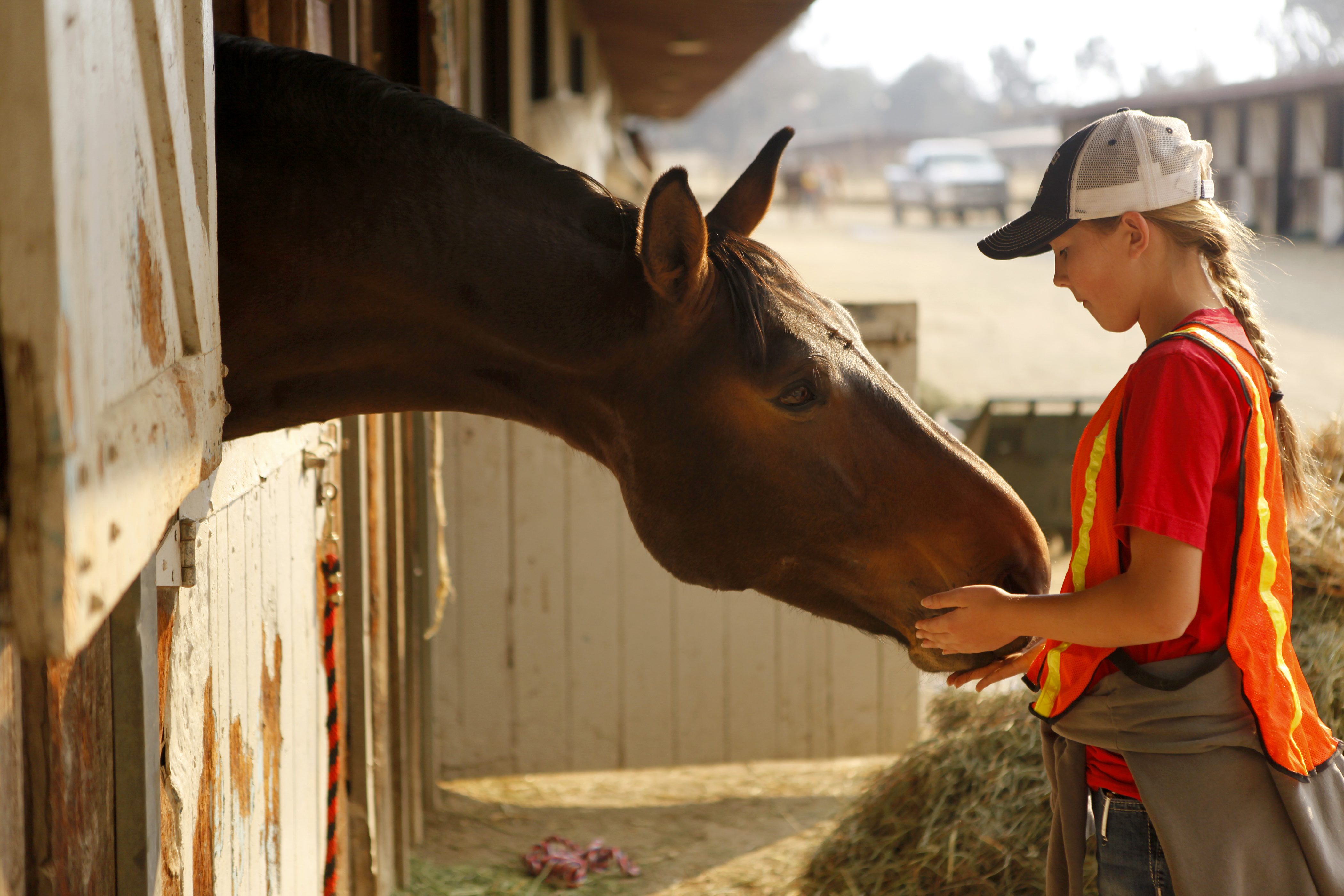Holiday History
By John Copeland
Can you believe it’s already September? The days are growing shorter and even though our days are warm — OK, hot — the evenings have a dash of coolness in them that wasn’t there just a few weeks ago. Schools are back in session. Fall lurks just around the corner.
September (Septem) was the seventh month of the ancient Roman calendar. Before Julius Caesar reformed the Roman calendar, the Roman year began in March. That’s why the seventh month was Septem, which gave us the name September.
After Caesar’s calendar reform September became the ninth month, but through the ages the old name was retained.
Most of us will enjoy a last summer fling because the first Monday of September is Labor Day, a somewhat misunderstood and under-appreciated holiday.
As a youngster, I was always too concerned that Labor Day meant that school was about to begin to pay any attention to the meaning or even the name of the holiday. Why is it called Labor Day?
As a holiday, Labor Day is a little more than 120 years old. Would you be surprised to learn that it originated in Canada?
Labor Day grew out of railroad labor disputes in Ontario, Canada, and the Eight-Hour Movement of the 19th century, which advocated eight hours for work, eight hours for recreation, and eight hours for rest. In the 1870s, Canada’s Parliament passed the Trade Union Act, which legalized and protected labor unions in Canada and motivated an annual labor celebration.
In the 1880s, American labor leader Peter McGuire attended a Labor Day festival in Toronto. Inspired by the Canadian celebration, he organized the first American “labor day” in New York on Sept. 5, 1882. The choice of that date was simply convenient, according to Maguire, because it was midway between the Fourth of July and Thanksgiving.
Recent research has revealed that it may actually have been Peter McGuire’s brother Matthew’s idea, but what is important is that on that Monday in 1882, 20,000 workers paraded up Broadway carrying banners that read “Labor Creates All Wealth,” and “Eight Hours for Work; Eight hours for Rest; Eight Hours for Recreation!”
The parade was not a demonstration. It was a celebration, followed by picnics and fireworks in the evening. It was also an idea that quickly captured the interest of the nation, spreading from coast to coast. Many states legislated their own Labor Day holiday years before it became a federal holiday.
In 1894, President Grover Cleveland signed a law designating the first Monday in September as Labor Day nationwide. Cleveland was not a labor union supporter. By signing the bill into law he was trying to repair political damage he had suffered earlier that year when he sent federal troops to put down a strike by the American Railway Union at the Pullman Co. in Chicago.
Since 1894, both the United States and Canada have celebrated their Labor Day holidays on the same day.
Labor Day differs from our other holidays, many of which are connected with religious observances or commemoration of battles or a significant person. Labor Day is devoted to and honors all workers — blue collar, white collar and no collar.
In recent years, labor organizations have become a contentious subject. In our national struggle to level the playing field for all Americans, we sometimes lose sight that we are striving to benefit the folks who really built and maintain our nation, the workers. This isn’t about entitlement, it is part of the promise of America.
Labor Day, admittedly, is not the sexiest holiday. There are no fireworks to watch or turkeys to cook or chocolate bunnies to bite the ears off. It’s just one Monday off for all the ordinary men and women trying to make ends meet, raising 2.3 kids, juggling a mortgage and trying to cover the monthly cable bill with at least one premium channel thrown in.
It is not unusual to be awestruck at the sight of the architectural wonders of a modern city or a magnificent bridge, or the technical wonder of a jetliner in flight. How often do you think about the skilled and hardworking people who built these and all of the supporting infrastructure around us? The lifeblood of America has always been its workforce.
Labor Day is the day we celebrate what it is we do for a living by taking the day off from work. Paying tribute not to movie stars, athletes or our founding fathers, but us — the creators of the nation’s strength, freedom and leadership — the American workers. You and me. OK, mostly you, but allow a guy who memorized his Social Security number at the age of 12 to wish you a happy Labor Day.
Thank you to all hard-working Americans for building our country and for keeping the wheels turning.






